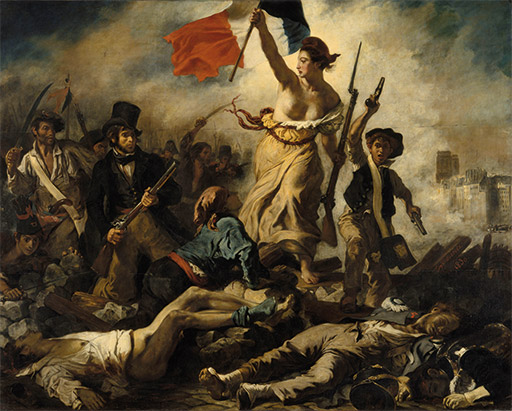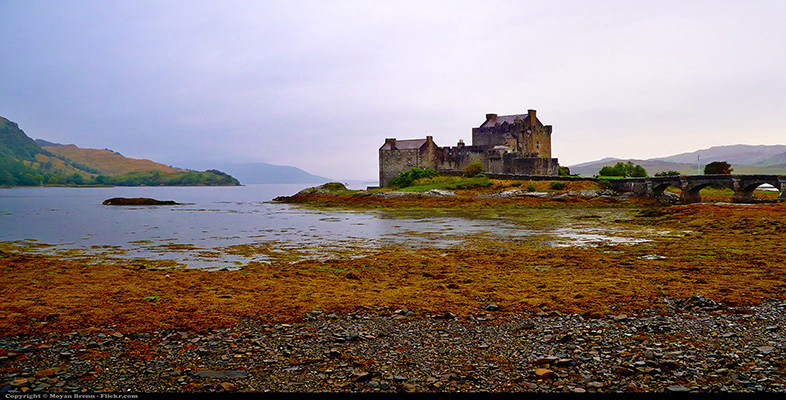The art museum and the painting of current events
With the establishment of the art museum, the autonomy of art gained its defining institution. In a museum, a work of art could be viewed purely for its own sake, without reference to its traditional functions. Nevertheless, as indicated above, art’s autonomy was far from complete. From around 1800 onwards, for example, the public sphere also opened up the possibility that artists might try to bridge the gap dividing art from society by independently producing works that engaged with current events, as the French painter Théodore Géricault (1791–1824) did in his vast picture, The Raft of the Medusa. This and comparable works by other French artists, notably Liberty Leading the People by Eugène Delacroix (1798–1863), which was painted just after the July Revolution of 1830 (Figure 21), are often seen as having inaugurated a new tradition of politically committed modern or ‘avant-garde’ art, which came to the fore towards the end of the nineteenth century. However, it was during this period that the French military term ‘avant garde’ (meaning a section of an army that goes ahead of the rest) came to be applied to works of art. It was first used in this sense in a text published in 1825 under the name of the Utopian Socialist Henri de Saint-Simon, who argued that artists could help to transform society by spreading ‘new ideas among men’ (Harrison et al., 1998, p. 40). Although he does not seem to have had any specific type of art in mind, his emphasis on its role as a means of communication makes it plausible to apply the term to works such as The Raft of the Medusa and Liberty Leading the People, which convey a political message on a large scale and to striking effect.

For present purposes, however, what is important about these two paintings is the way that they depended on the institutions of the public sphere. Rather than being commissioned by a patron, each was intended first and foremost for display at the official art exhibition in Paris known as the Salon. Both, moreover, were bought by the state for the Luxembourg museum, which was founded in 1818 to house modern French art (though, in Géricault’s case, not until several years later). Indeed Delacroix may have painted his picture in the hope or even the expectation that this would happen, since two of the artist’s works had already entered the museum. It should also be noted that such ambitious and challenging works were very much the exception, even in France and much more so in other countries where the state did not support living artists in the same way. Most of them earned a living by catering to the demands of the market, typically by specialising in a particular genre, such as portraiture. In this respect, the first half of the nineteenth century is continuous with the previous two centuries, during which high-status works by celebrated artists also constituted only a small part of the broad field of visual culture. Rather than tracing a single narrative of art’s development from the establishment of the academies to the beginnings of the avant-garde, it is important to be aware of its diversity and complexity throughout western Europe during this period.
